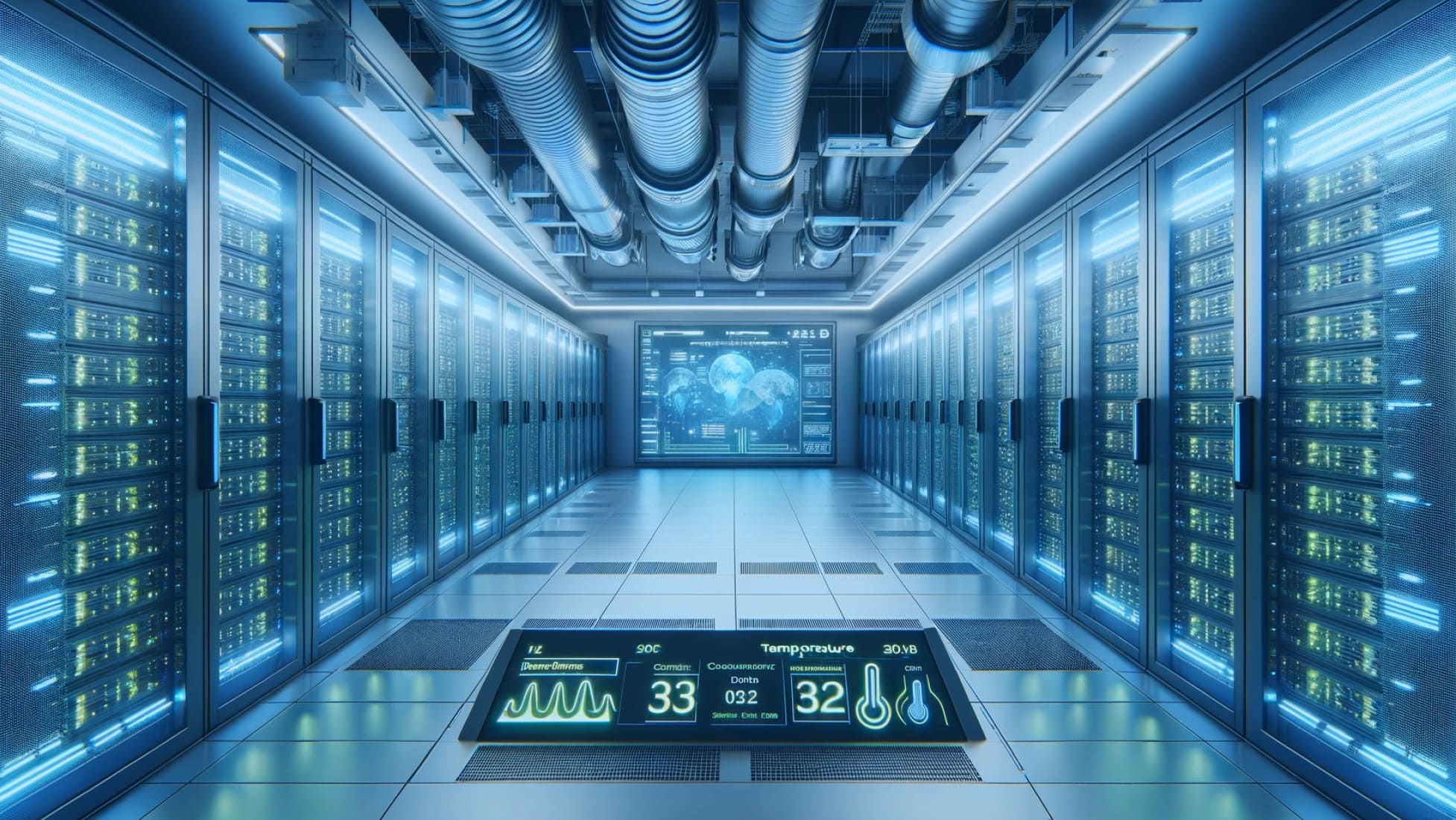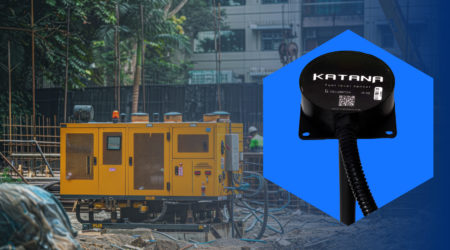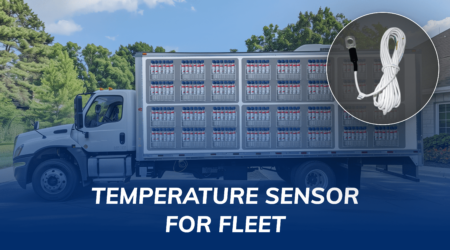Server Room Overheating? How Temperature Monitoring Can Save the Day?

In the digital age, server rooms act as the heartbeat of businesses worldwide, housing the critical infrastructure that supports data storage, communications, and online services. However, this technological nucleus faces a constant threat from an often-overlooked adversary: overheating. Excessive heat in server environments not only jeopardizes hardware integrity but can also lead to data loss, reduced efficiency, and in severe cases, complete system failures. Fortunately, a knight in shining armor, known as temperature monitoring, stands ready to defend against these thermal challenges. This blog explores the pivotal role of temperature monitoring in safeguarding server rooms from the dangers of overheating, ensuring that businesses can continue to thrive without interruption.
Understanding Server Room Overheating
Causes of Overheating
Overheating in server rooms can stem from a variety of sources, including inadequate cooling systems, poor airflow, overloading of server capacities, and external temperature fluctuations. The compact nature of modern server equipment exacerbates these issues, with high-density racks generating substantial amounts of heat.
Potential Risks and Damages
The consequences of uncontrolled server room temperatures are far-reaching. At best, overheating can cause systems to throttle back, reducing performance to prevent damage. At worst, it can lead to hardware failure, data corruption, and costly downtime. The financial implications of these outcomes can be staggering, not to mention the potential loss of customer trust and business reputation.
Signs Your Server Room is Overheating
Recognizing the early warning signs of an overheating server room is crucial. These may include frequent hardware malfunctions, unexpected system reboots, or errors in data processing. Physical signs, such as hot spots within the room or excessive fan noise, can also indicate that temperatures are reaching critical levels.
Long-Term Effects of Overheating
Beyond immediate hardware failure and system disruptions, chronic overheating can have long-term effects on server components, leading to shortened lifespans and increased maintenance costs. Prolonged exposure to high temperatures can degrade the performance of critical components, such as CPUs, hard drives, and memory modules, even if they don’t fail outright. This degradation can lead to more frequent errors, slower processing times, and an overall decline in system reliability.
Environmental and Financial Impact
The environmental impact of inefficiently cooled server rooms is also significant. Data centers, responsible for a substantial portion of the world’s electricity consumption, often use energy-intensive cooling methods to combat overheating. By optimizing temperature control, companies can not only reduce their carbon footprint but also achieve substantial energy savings, translating into lower operational costs.
The Science Behind Temperature Monitoring
How Temperature Monitoring Works
At its core, temperature monitoring in server rooms involves the continuous assessment of air and equipment temperatures to ensure they remain within safe operational limits. This is achieved through the strategic placement of temperature sensors throughout the server room. These sensors collect data on ambient conditions, which is then analyzed, often in real-time, by monitoring software. This setup allows IT administrators to receive instant alerts if temperatures begin to approach critical levels, enabling swift action to mitigate potential risks.
The Technology Behind Temperature Sensors
Temperature sensors come in various forms, including thermocouples, resistance temperature detectors (RTDs), and thermistors, each with its unique advantages and applications. Recent advancements have focused on increasing the accuracy, reliability, and connectivity of these sensors, with many now capable of integrating seamlessly into broader building management systems or IoT platforms.
Benefits of Real-Time Temperature Monitoring
The ability to monitor server room temperatures in real time is a game-changer. It not only allows for the immediate identification and rectification of overheating issues but also provides valuable data for optimizing the cooling infrastructure. This proactive approach can significantly extend the lifespan of server equipment, reduce energy consumption, and minimize the risk of downtime.
Advanced Sensor Technologies
Exploring further into the technology behind temperature sensors, innovations such as infrared thermography allow for non-contact temperature measurements, providing a comprehensive thermal map of server rooms. This technology enables the detection of hotspots that traditional sensors might miss, offering a more nuanced view of the server environment’s thermal landscape.
Integration Challenges and Solutions
Integrating temperature monitoring systems into existing server room infrastructures can present challenges, particularly in older facilities or those with complex layouts. Solutions to these challenges include wireless sensor networks that offer flexibility in placement and minimize disruption, as well as cloud-based monitoring platforms that can scale with the business and provide remote access to temperature data.
Trends in Temperature Monitoring Solutions
As businesses increasingly recognize the critical importance of maintaining optimal server room conditions, the field of temperature monitoring has seen significant technological advancements. These trends not only reflect the growing sophistication of monitoring solutions but also their integration into the broader ecosystem of smart technologies.
Latest Advancements in Technology
Modern temperature monitoring solutions are becoming more intelligent, with features such as AI-driven predictive analytics to foresee potential overheating issues before they occur. These systems can analyze historical temperature data to identify patterns and predict future temperature spikes, allowing for preemptive cooling adjustments.
Integration with IoT and Smart Systems
The integration of temperature sensors with IoT devices and smart building systems represents a significant trend in the evolution of monitoring solutions. This connectivity enables a more holistic approach to environmental control, where temperature data can trigger automated adjustments in cooling systems, ventilation, and even server workloads to optimize conditions across the entire facility.
Case Studies Showcasing Successful Implementations
Numerous case studies highlight the effectiveness of advanced temperature monitoring solutions in preventing overheating incidents. For instance, a major data center implemented an IoT-based temperature monitoring system that dynamically adjusted cooling resources based on real-time data, resulting in a 20% reduction in cooling energy consumption while maintaining optimal server room temperatures.
Sustainability in Temperature Monitoring
As businesses increasingly focus on sustainability, temperature monitoring solutions are evolving to support greener operations. Advanced systems now employ algorithms that not only prevent overheating but also optimize energy use, reducing unnecessary cooling and contributing to a more sustainable operation model.
Future Directions in Temperature Monitoring
Looking ahead, the future of temperature monitoring in server rooms promises even greater integration with artificial intelligence and machine learning technologies. These systems will not only react to current conditions but also learn from past data to predict and mitigate potential overheating events before they occur. Such predictive capabilities could revolutionize how businesses manage their server environments, offering unprecedented levels of efficiency and reliability.
Conclusion
As we’ve explored, the stakes in maintaining optimal server room temperatures are high, with the potential for significant financial and operational impacts due to overheating. Temperature monitoring solutions, especially those leveraging the latest advancements in technology and IoT integration, offer powerful tools in the fight against overheating. By adopting these technologies, businesses can not only protect their critical infrastructure but also optimize their operations for greater efficiency and resilience.
The journey towards effective server room temperature management is ongoing, with new advancements and trends continually emerging. By staying informed and proactive, organizations can ensure that their server rooms remain the powerhouse of their digital operations, safeguarded against the invisible but formidable threat of overheating.



